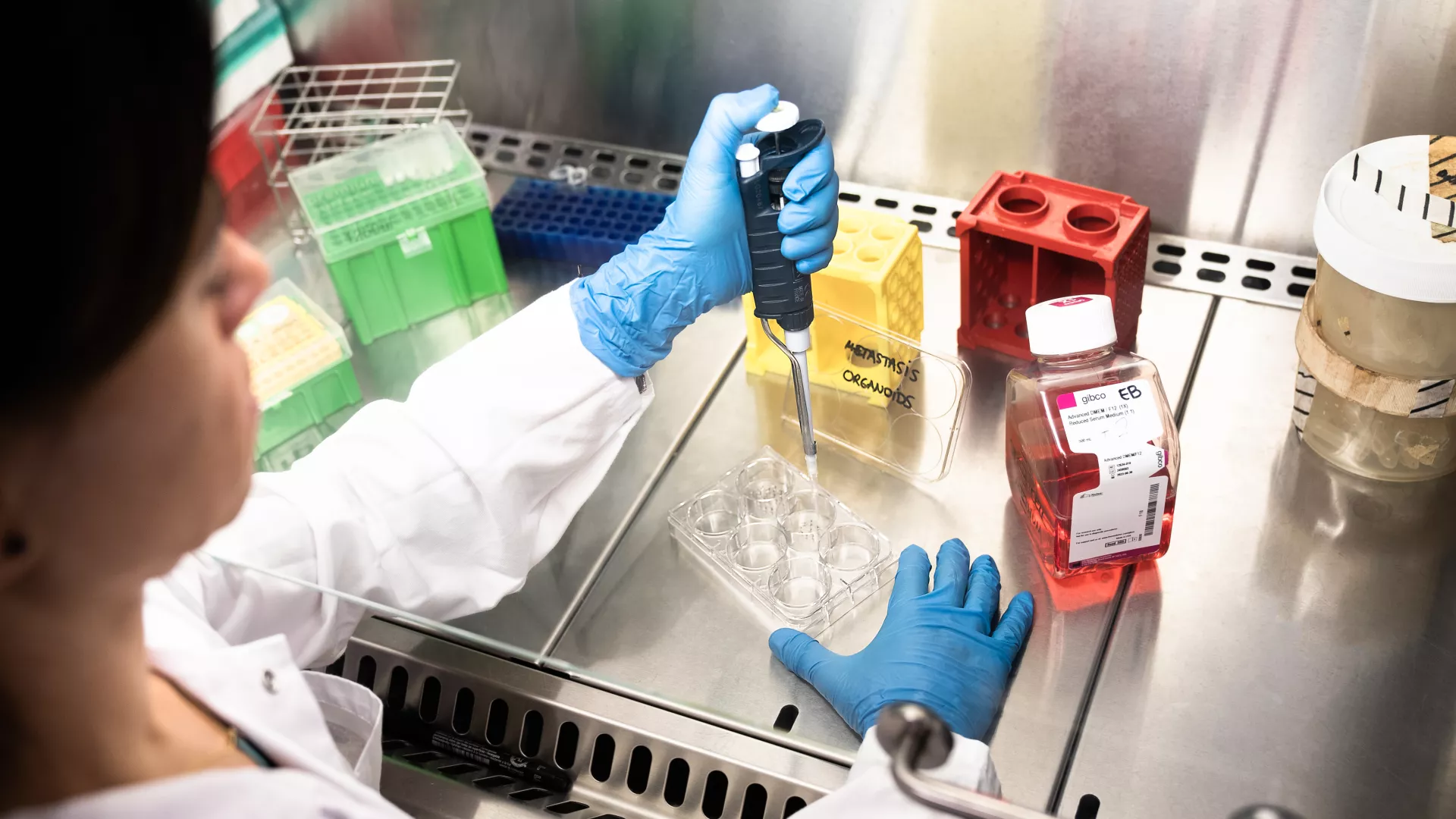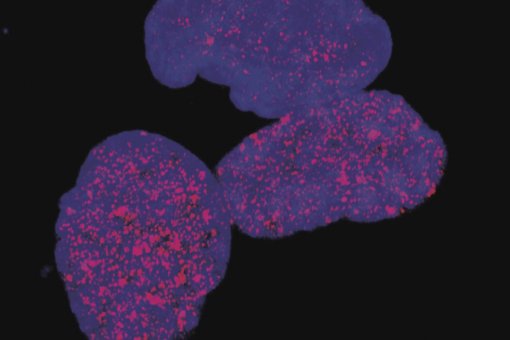Images
Contact

Two quests, one looking into adhesion molecules to gain insight into compartmentalization in the Drosophila wing and the other aiming to discover how the cytoskeleton contributes to the development of compartment boundaries are now linked by a single microRNA, bentam.
Physical boundaries prevent cell movements from adjacent populations, thereby restricting them to their cell compartments. In multi-cellular organisms, from the central nervous system in vertebrates to the Drosophila wing, cell compartmentalization is essential for development. But how can adjacent populations of thousands of cells remain stable at both sides of these borders?
The journal Development has published the latest work of the Development and Growth Control Laboratory, led by ICREA Professor Marco Milán at IRB Barcelona. In collaboration with Stephen Cohen at the National University of Singapore, the study reveals how the repression of a single microRNA (miRNA), bentam, by the Notch pathway contributes to boundary formation in the Drosophila wing primordial.
During larval development in Drosophila, the disc cells giving rise to the wing proliferate to a population of about 50,000. Within this epithelium, cells are located side by side, organized in a single layer and separated by the dorso-ventral (DV) compartment boundary. The establishment of the frontier between the dorsal and ventral cell layers of the wing relies on the activation of the Notch pathway in border cells. However, both the molecular players and mechanisms regulated by Notch in the boundaries have remained elusive until now. Two working hypotheses, one proposing differences in the affinity by the different adhesion molecules expressed in each cell population, the other claiming that in border cells the differences in cell-bond tension are mediated by the cytoskeleton, have been proposed to explain boundary formation and maintenance.
The Development and Growth Control Laboratory’s study has now reconciled these two working hypotheses by finding the missing link between the Notch pathway and the formation of the affinity DV boundary. The repression of bentam miRNA by Notch in the cell populations at both sides of the border allows the actin regulator Enabled to be expressed normally. In these cells, Enabled promotes the elongation of the cytoskeleton along the cell membrane facing the border, thus creating tension that contributes to the DV boundary formation. The supra-molecular function of the cytoskeleton is generated by cells at the border producing physical tension through polarization of the actin cables. The regulation of this function, by the Notch signalling pathway through bentam is the new molecular actor in Drosophila wing compartmentalization.
More about compartments and cancer cells
Within the central dogma of compartmentalization, adhesion molecules give a unique genetic identity to cells in each compartment. The specific type of adhesion molecule expressed in adjacent compartments generates different affinities among cell populations, maintaining the populations stable but minimizing the contact between them. Indeed, compartments are robust structures, with enough connections between cells to remain stable throughout the life of multi-cellular organisms.
To think about cells crossing compartment boundaries in an uncontrolled way inevitably leads us to consider cancer. For a tumor cell to become immortal and colonize other parts of the body, it needs to jump out into the unknown. One of the strategies that cancer cells use to achieve their ‘colonizing purposes’ might be to rid themselves of the cytoskeleton, thus becoming deformed, and then jump.
Notch is a highly conserved pathway among multi-cellular organisms, so the link between bentam, actin dynamics, and Notch, revealed by Milán’s group, might soon provide insights into growth control and tumorigenesis.
Reference article:
Notch-mediated repression of bentam miRNA contributes to boundary formation in the Drosophila wing.
Isabelle Becam, Neus Rafel, Xin Hong, Stephen M. Cohen and Marco Milán.
Development (2011). [doi:10.1242/dev.064774]
About IRB Barcelona
The Institute for Research in Biomedicine (IRB Barcelona) pursues a society free of disease. To this end, it conducts multidisciplinary research of excellence to cure cancer and other diseases linked to ageing. It establishes technology transfer agreements with the pharmaceutical industry and major hospitals to bring research results closer to society, and organises a range of science outreach activities to engage the public in an open dialogue. IRB Barcelona is an international centre that hosts 400 researchers and more than 30 nationalities. Recognised as a Severo Ochoa Centre of Excellence since 2011, IRB Barcelona is a CERCA centre and member of the Barcelona Institute of Science and Technology (BIST).




